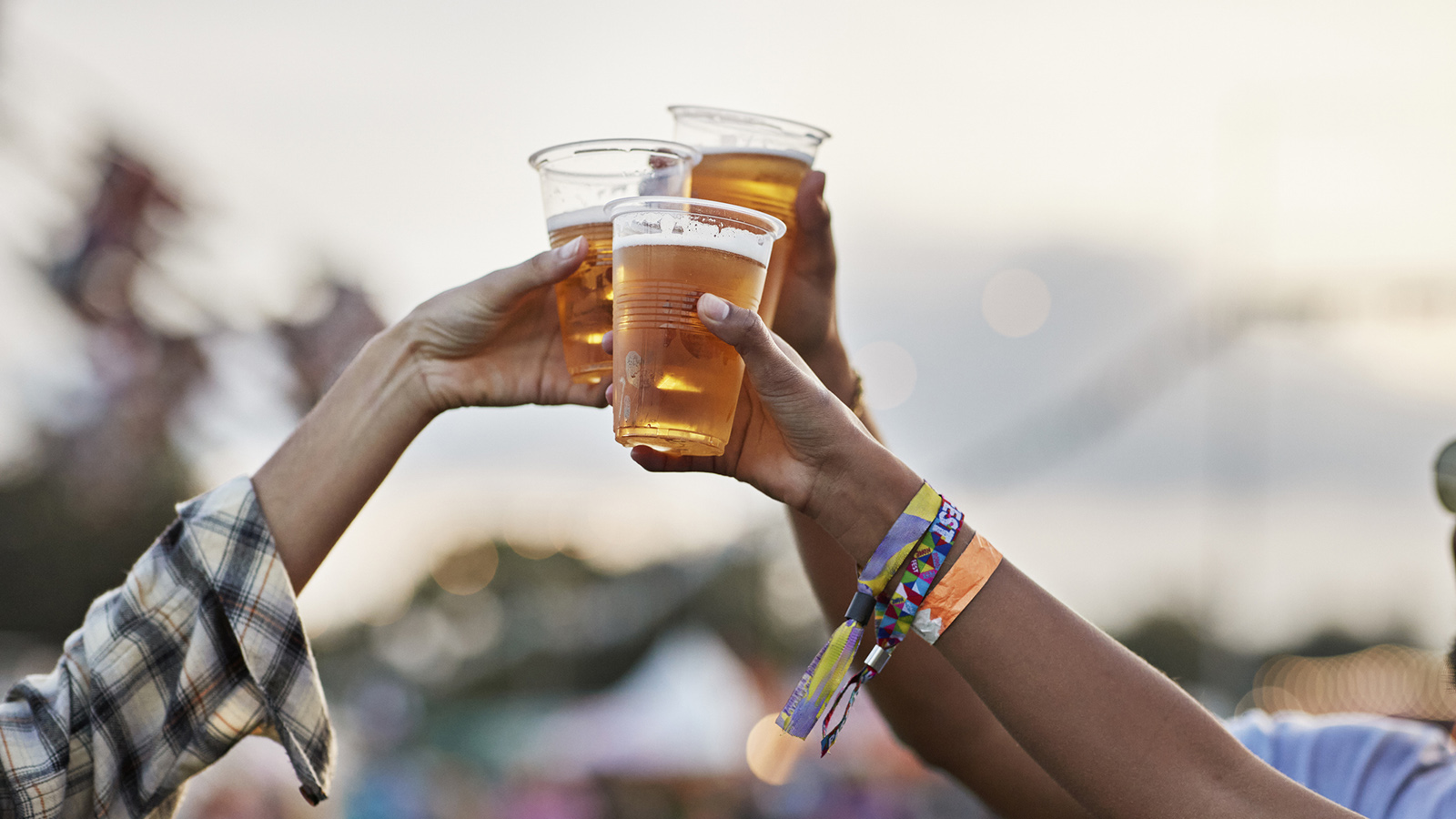
**Recent Study Illuminates Alcohol Choices and Their Effects on Diet and Lifestyle Habits**
A new investigation showcased at *The Liver Meeting* and published in the journal **Nutrients** highlights substantial differences in dietary and lifestyle habits among alcohol drinkers in the United States, contingent on their preferred alcoholic beverage. The results, derived from a sample of over 1,900 adults, emphasize the correlation between drink selection, dietary quality, and physical activity levels—carrying significant implications for public health and the prevention of liver diseases.
### Dietary and Lifestyle Habits Differ by Beverage Choice
The research indicates that individuals who solely consume beer demonstrate a lower overall quality of diet and are less inclined to engage in regular physical exercise compared to those who prefer wine, liquor, or a mix of alcoholic beverages. This finding is particularly critical as the incidence of liver disease in the United States continues to climb, fueled by both high alcohol intake and the growing prevalence of obesity-related liver conditions.
“*Overconsumption of alcohol is the primary factor leading to cirrhosis in the U.S., and metabolic dysfunction-associated steatotic liver disease (MASLD) is rapidly on the rise,*” stated Madeline Novack, the principal author of the research. “*These liver diseases often coexist, and lifestyle modifications are essential for managing and preventing these issues, beginning with recognizing the relationship between alcohol consumption and inadequate nutrition.*”
### Evaluating Dietary Quality Using the Healthy Eating Index
The researchers assessed the diets of participants through the **Healthy Eating Index** (HEI), a 100-point scale that aligns with national nutrition guidelines. A score of 80 or above is considered reflective of a healthy eating pattern. In this study, no group reached the 80-point threshold, yet significant distinctions emerged among the types of beverages consumed.
– Beer-only consumers made up 38.9% of the study group and achieved **49 points** on the HEI.
– Wine drinkers (21.8% of the respondents) performed somewhat better with an **average score of 55**.
– Liquor-only drinkers (18.2%) and those consuming various alcoholic types (21%) averaged roughly **53 points**.
These scores indicate that beer drinkers, on the whole, have dietary habits that fall well below national nutritional standards.
### The Role of Drinking Environments on Food Choices
One potential explanation for these dietary differences is the settings in which various alcoholic drinks are usually consumed. The researchers noted that beer is often enjoyed in circumstances where carbohydrate-rich foods, processed meats, and other low-nutrient items prevail—such as at sports events, informal gatherings, or bars. Conversely, wine consumption, especially when accompanied by meals, tends to be associated with more nutritious eating patterns, including a greater variety of meats, vegetables, and dairy products.
This substantial disparity in dietary context may clarify why beer drinkers consistently underperform compared to their wine and liquor-drinking peers concerning diet quality and, probably, overall health results.
### Practical Consequences for Health
The findings from this study provide critical insights that could enhance the care of alcohol-consuming patients. Physicians and healthcare professionals who guide patients on nutrition and general health may gain from exploring their drinking habits in further depth, including the specific types of alcoholic beverages they typically consume. The authors suggest that beer drinkers, in particular, may benefit from focused recommendations aimed at improving their dietary practices, especially by encouraging increased intake of fruits and vegetables.
Another vital consideration is physical activity. The research found that beer drinkers were generally less active compared to those who favor other alcohol types. This finding implies that lifestyle modifications for beer drinkers should not only concentrate on healthier dietary selections but should also advocate for heightened physical activity to alleviate some of the health risks linked to alcohol consumption.
### Wider Implications for Public Health
As the rates of liver disease escalate, it is vital for public health strategies to tackle the intricate relationships between alcohol consumption, diet, and lifestyle. This new study underscores that comprehending an individual’s alcohol choices can yield critical opportunities for targeted intervention.
Healthcare providers should consider more individualized approaches that reflect dietary habits connected to alcohol consumption—whether advising beer drinkers to boost fiber intake and minimize processed food or collaborating with wine and liquor drinkers to foster moderation in their overall alcohol consumption.
### Glossary:
– **Cirrhosis**: Severe liver scarring caused by various types of liver diseases.
– **MASLD**: Metabolic dysfunction-associated steatotic liver disease, previously referred to as non-alcoholic fatty liver disease (NAFLD), associated with obesity and metabolic disorders.
– **Healthy Eating Index**: A recognized tool for evaluating dietary adherence to guidelines.
– **Diet quality**: A metric assessing nutritional adequacy based on the balance of healthy food consumption versus unhealthy options.
### Quiz (Assess Your Knowledge):
1. What proportion of study participants were exclusive beer drinkers?
**Answer:** 38.9%
2. What was the Healthy Eating Index score recorded for beer drinkers?
**Answer:** 49 points